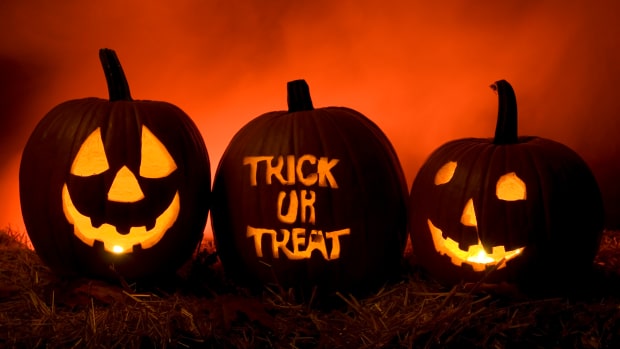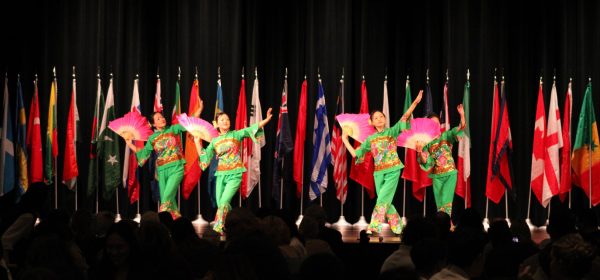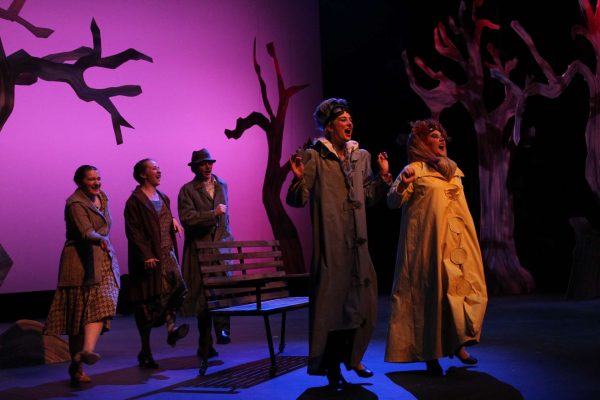Viewpoint: You’re never too old to go trick-or-treating
October 31, 2018
Adults are participating in Halloween more now than they ever have.
The children that grew up watching Halloween classics like Hocus Pocus and Halloweentown are now somewhere in their 20s and 30s, which has, perhaps, led to the expansion of the TV station Freeform’s “13 Nights of Halloween” to “31 Nights of Halloween.” These are the same individuals who experienced the slasher genre as it was emerging, which was followed up with the emergence of demonic horror films centered on Ouija boards and possessions.
It’s no coincidence that Americans are spending more on Halloween now than they have in the past. According to the National Retail Federation, consumers will spend $9 billion on Halloween this year, almost three times the $3.3 billion that they spent on the holiday in 2005.
Costumes will fill the news feeds of Facebook, Twitter, and Instagram as everyone shows off their outfits of choice for the annual masquerade.
However, something that hasn’t changed is the unwritten rule that trick-or-treating is for children. Every year, preteens dedicate themselves to denouncing trick-or-treating in the name of maturity. Typically people trade walking door-to-door in their costumes and asking for Halloween candy, for the supposedly more sophisticated model of going downtown or attending a party dressed up in the full-sized version of the exact thing they wore as a child.
But who’s to say that this is the way that it should be? Walking around and knocking on doors connects trick-or-treaters with their community. It enables individuals to take a look around their neighborhood, have interactions with those that live in their area, and build memories related to their community and those that inhabit it. Everyone has at least one memory of a certain house that went all out on decorations or a neighbor who would give out educational pamphlets with a piece of candy tapped to the back.
To say that this should end simply because of puberty is ludicrous.
Trick-or-treating also allows people to connect with each other through their creative outlets. Individuals get the chance to turn the latest social masterpieces of the year into a wearable satire. The last few years’ examples of this include costumes like the dog filter on Snapchat, characters from Stranger Things, and even the materialized version of the ever-popular concept of “fake news”.
Sure, one can express themselves creatively while attending a party, but the creativity of the costume becomes secondary in that environment while in trick-or-treating, it’s at the forefront. Trick-or-treating is the glue that holds Halloween together, and this is the generation that embraces the spooky season more than any other, so it only seems befitting that this generation should break the unspoken rule that trick-or-treating is only for children.
As you prepare your outfits for the coming festivities, be conscientious of others in your decision. Your costumes have the potential to be offensive or hateful and could ruin the experience for others. To learn more, read The Racquet reporter Chantal Zimmermann’s take on cultural appropriation and costumes.
For those that are not interested in the candy that comes along with the festivities, local dentists have created buyback programs where they will pay you for your Halloween candy. The sweets that they collect will be donated to deployed troops. Buybacks will happen through the first week of November and you can find your nearest participating dentist here.

















